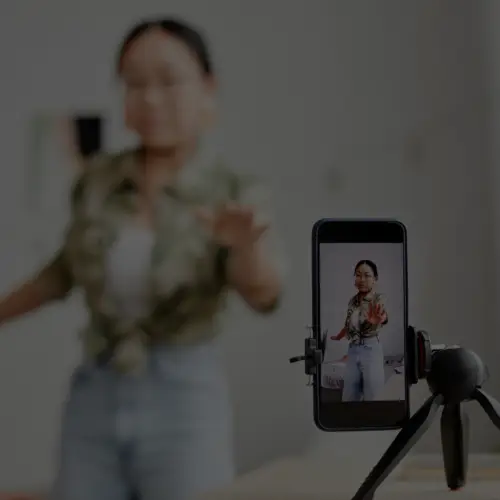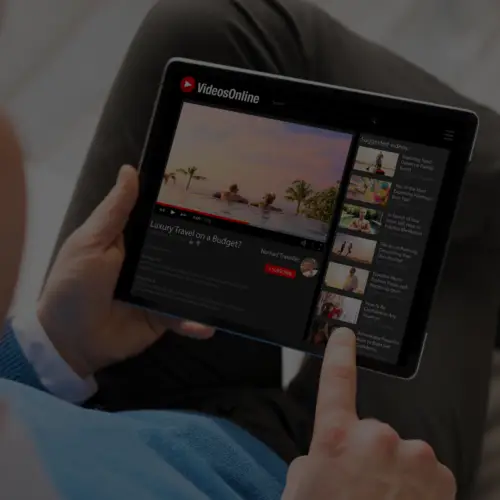18 Feb 4 Highly Engaged Brands on Facebook
It’s no secret that an increasing number of companies are jumping on the social media bandwagon. Brands ranging from New York Times to American Eagle have Facebook fan pages. A recent study released by independent interactive agency Rosetta revealed that 59 of the top 100 leading US retailers have a presence on Facebook. Despite the economy being in a state where even fashion icons are embracing mass consumers’ needs, major brands are no doubt continuing to explore the opportunities available via social media.
Much has been discussed in the blogosphere about Facebook fan pages, especially now that detailed fan page statistics are available on AllFacebook (The Unofficial Facebook Resource). Though these stats are both useful and interesting to examine, they don’t go beyond the numbers. What interests me even more is to explore some of these big brands on Facebook and figure out just how engaging they are. I hand picked 4 branded fan pages I felt demonstrated a high level of engagement with fans, and this is what I found:
Though I’ve never been one to drink Mountain Dew (my mother is a dentist), I’ve always been entertained by their overall brand image. Their over-the-top approach to advertising and marketing is effective, and they’ve brought that same feel to their Facebook fan page. The page is full of fun videos, photos, and links for interacting with the Dew brand. More than just serving as a hub for Dew media, the page’s mission explicitly calls on fans to get in on the action:

And listen, they do. The wall isn’t just a place for fans to leave random comments; it’s a place where fans can go to get real, human answers from “Dew Insider Angie.”

Fans can easily access free podcasts and download free music from its Green Label Sound artists, deemed the “newest buzz-worthy musicians who represent the true spirit of Dew.” Though the fan page has a “meager” following (20,749 fans), the page is extremely engaging – both aesthetically and conversationally.
Some of you might sense a slight similarity between the aforementioned Mountain Dew and the present brand, Red Bull. It’s possible that your senses are accurate. Both Mountain Dew and Red Bull serve as the power supply of the “young and the restless.” Add incredibly entertaining and interactive Facebook fan page to the list of comparisons one could draw. What I wouldn’t give to be back in college, sitting in the library with friends at 3 a.m. drinking a Red Bull while listening to drunkish ramblings about pots of monkeys, er, I mean studying.

The page doesn’t even waste precious space with lengthy and often boring details of the company’s mission and foundations, leaving a brief company description at the very bottom of the page. Fans can then focus on watching rad videos, playing ridiculously addicting games like Red Bull Soapbox Race, and listen to more drunkish ramblings. It’s fun, it’s engaging, it’s what a fan page should be – tailored to the target audience’s wants and needs. (Did I mention the page has about 825K fans?)
Digressing a bit from the no-holds-barred approach witnessed on the Mountain Dew and Red Bull pages, Southwest Airlines has taken a simpler approach – one of utility. As the two previous garner success from exciting antics, Southwest Airlines is equally successful at understanding its customer base. The page is home to more than 62,000 fans who share a common desire for friendly, affordable and comfortable airfare. One thing it shares with Red Bull’s page is that it leaves the company description at the bottom of the page, bringing the conversation to the forefront. These conversations aren’t just between consumers. Southwest is sparking the conversation and sincerely seeking input from fans:



It’s fairly clear that Southwest is using Facebook for the right reasons. It provides useful services like an Interactive Route Map, but it also does more. It provides customers with a sense of community where they can both interact with other customers and also interact with people at the company. Chances are, if you have a question, suggestion, or concern, Southwest will respond, breaking down the communicative boundaries between consumer and brand.
First of all, when it comes to social media, Dunkin’ Donuts seems like one of those companies that just gets it. They’ve launched a YouTube channel, developed quite a following on Twitter, and wrangled up 414,711 Facebook fans. One thing I enjoy most about their presence within these networks is their consistency. They’ve earned consumer trust through their Twittering and Facebooking personality Dunkin’ Dave, with the occasional post by Java Josh. Despite the cheeky names, Dunkin’ Dave and Java Josh have done a great job of serving as a tangible connection between Dunkin’ fanatics and the company.
The Facebook page is both lightheartedly entertaining and resourceful. Serving as a centralized resource of information, fans can locate the nearest Dunkin’ Donuts, sign up for Dunkin’ Perks (newsletter with special discounts and information), follow them on Twitter, and get insider info on the latest food and drink launches and promotions like the Waffle Breakfast Sandwich.

Like Southwest Airlines, Dunkin’ Dave is active within discussions on the page and responding to people who post on the wall. In one discussion about Dunkin’ Donuts’ healthier fare, the Executive Chef and Director of Culinary Development for Dunkin’ Donuts joined in to respond to and answer questions about some of the items on the menu. This type of interaction further demonstrates to consumers that their voices are being heard and accounted for.

As more brands attempt to join the discussion, it’ll become increasingly important to pay attention to brands like these who have acknowledged their customer base and reacted to it appropriately. Don’t just slap up a few videos and images and call it a day. In order to effectively utilize social media as a means for building or furthering your brand, you have to be a part of the conversation. Your fans have a lot to say, so it’s important that you listen and respond.
I’m excited to see what brands will do once the new Facebook page redesign takes place, allowing fan pages the same tabbed functionality of individual profiles. What other brands have you seen engaging successfully through social media? How do you think the new redesign will impact brands’ pages? I’d love to know what you think, so leave your own ideas in the comments.






